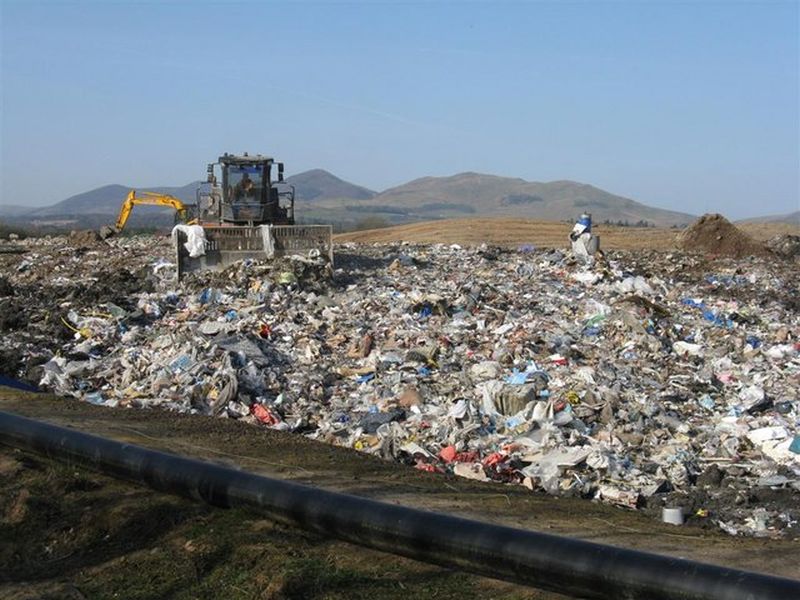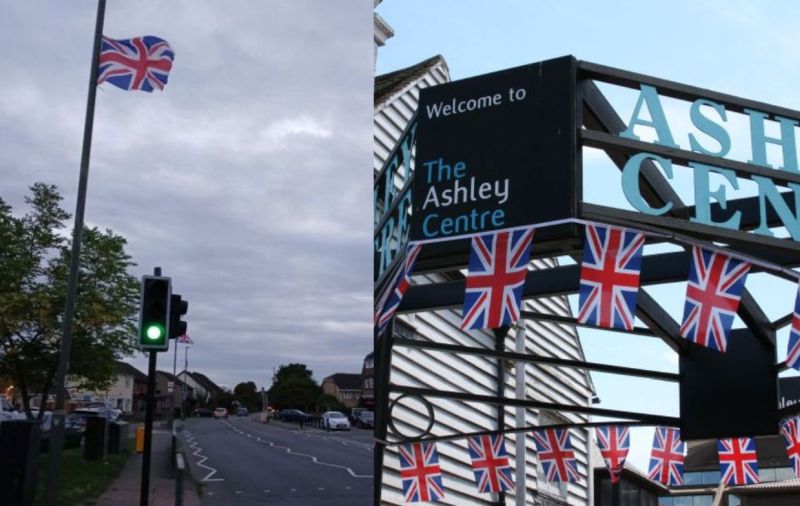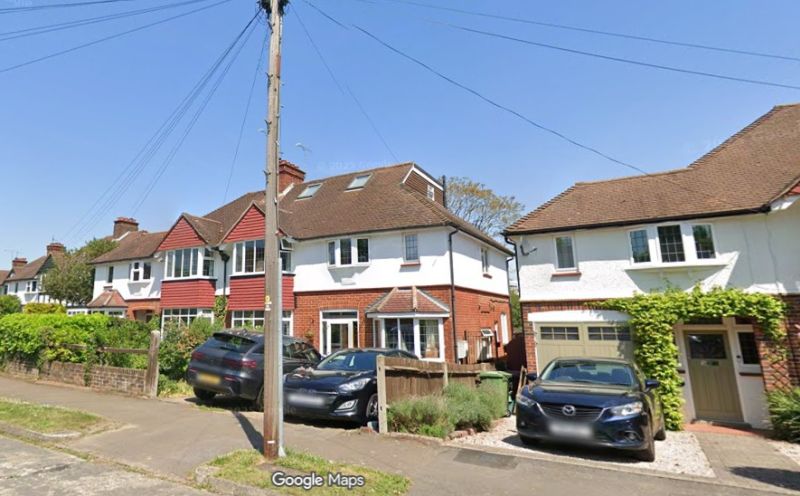Virtual care to rise under ambulance plan
Over a third of South East Coast Ambulance (SECAmb) service responses will be done remotely in a new five-year strategy. (Here “remotely” means by video call or telephone rather than sending out an ambulance.)
The NHS Trust said its care model is no longer “fit for purpose” as it prepares for a 15 per cent increase in patient demand over the next five years, at a board meeting last week (April 4). Increasing demands on the service included health care becoming more complex, the ageing population and changing areas of deprivation.
By 2029, the Trust aims that over a third of all its patients will be signposted to another service- leaving 65 per cent of patients with an ambulance response. The change will affect Surrey, Thames Valley, Kent and Medway as well as Sussex Integrated Care Systems (ICS).
Simon Weldon, CEO, reassured that SECAmb would still be there to protect and look after the sick who needed an ambulance. He added: “If patients don’t need an ambulance, we can help you get you to a place which can meet your healthcare needs.”
Urgent medical needs such as cardiac arrest, a stroke, heart attack, pneumonia, childbirth and newborn care would still be attended to by ambulances, the Trust said.
Delivering this strategy, over the next three years, SECAmb expects it to meet emergency care needs within the national standards of 7 minutes for calls for immediate life-threatening and time-critical injuries and illnesses; and 18 minutes for emergency calls.
For non-emergency patients, virtual care will be provided via an assessment by a remote senior clinician. Meeting documents said this would enable patients to be “cared for directly or referred to the most appropriate care provider”.
Investing in a data and digital strategy was highlighted as a key part of the new direction. The board heard how new technology like AI would help the SECAmb make better decisions and lead virtual consultations. These could be used to respond to patient needs in a remote and professional setting rather than sending an ambulance.
Meeting documents revealed that 88 per cent of patients received an ambulance response; but an SECAmb officer said the outcomes from the cases indicated only 30.5 per cent of patients needed clinical care.
Only 12 per cent of patients are currently referred or signposted to another service rather than receiving ambulance care; but under the new strategy for 2029, this will increase to 35 per cent.
Team Member for SEAmb, Matt Dechaine, said: “Sending a fully kitted ambulance is a very expensive way for the public purse to respond to patient needs, when other services may be able to address it in a cost-effective way.”
Covering five years, the new strategy will be carried out in three phases: designing new models of care, collaborating with partners and developing a digital strategy; implementing the change and finalising and improving the operational model. Digitalisation of the service will begin in phase 2, with electronic health records deployed by March 2025.
SEAamb identified its model as “unsustainable when challenged” from an operational, workforce and financial perspective. The Trust found it would need to employ 600 more people over the next five years to respond to demand.
Not all non-emergency patient consultations will be resolved solely over the telephone. Simon told the board that the strategy aims to “align patient needs with ambulance services”.
Over 2,000 staff, 400 volunteers and 350 members of the public have been consulted on the strategy, with the Trust saying it has been “clinically led”. System partners have also been invited to 20 sessions to share their views.
The full new SECAmb strategy is set to be published in May 2024.
Call staff at South East Coast Ambulance NHS Foundation Trust. Credit SECAmb














